Paper oxidation, or why your book’s pages are yellowing

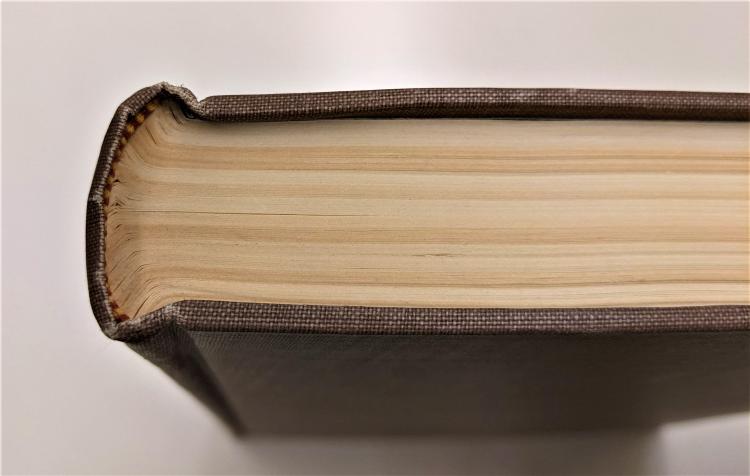
The yellowing of paper products can be attributed to paper oxidation. The paper we use today comes from wood, which consists of cellulose and a component called lignin. When exposed to light and oxygen, the molecular structure of lignin changes.
To varying degrees, both cellulose and lignin are susceptible to oxidation. Over time, oxidation alters the paper’s structure and related regions in the paper called chromophores. These regions reflect certain wavelengths of light that we perceive as color.
According to Live Science, paper manufacturers try to remove as much lignin as possible by bleaching the paper. The more lignin that’s removed, the longer the paper will remain light. Before the 1800s, paper was made from cotton and linen clothing rags, which don’t have lignin, reducing the likelihood of paper oxidation.
Foxing, or why your book’s pages are spotting
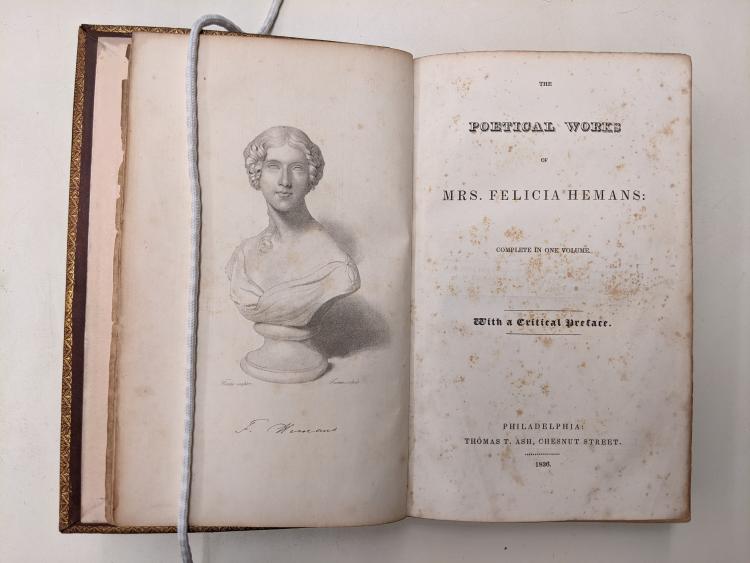
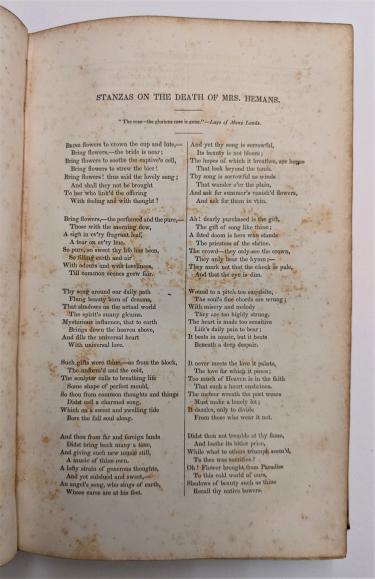
High humidity and damp conditions are the main culprits of paper foxing. Other factors, including traces of metal left behind by paper manufacturing, can result in an acidic environment on the paper.
Paper foxing is identified by telltale red spots, similar in color to a fox, hence the name. Foxing can also be mistaken for mold, which can be similar in appearance. Mold, encouraged by the acidic environment, will feed on the paper, as well as any organic materials left behind like dirt, finger marks, food stains, insects or metal debris as mentioned above.
To prevent foxing, avoid leaving books in environments where temperature and humidity can fluctuate like basements, attics and areas near radiators and vents. Perhaps the threat of foxing will lead you to reconsider leaving your books in storage!
Red rot, or why your leather-bound books are flaking
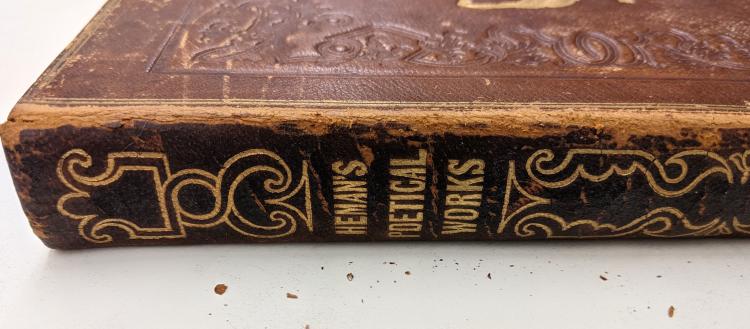
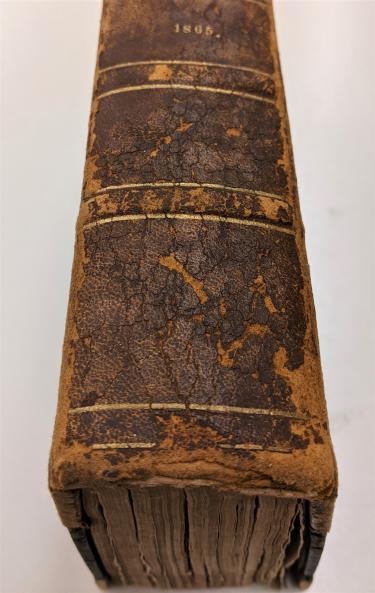
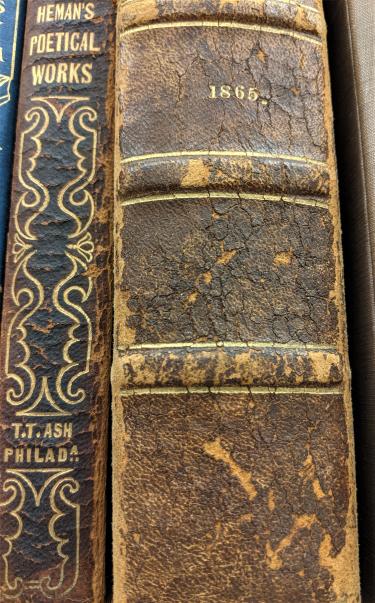
Red rot is associated with the fibrous structure of the leather itself. Its cause still remains somewhat mysterious, but conservators believe it comes from acidic reactions--particularly sulfuric acid. Sulfuric acid attacks and breaks down the protein chains that make up leather.
These acids could have been added to the leather during the tanning process or have formed from the absorption of the compounds often found in pollution. This material degradation is common among vegetable-tanned leathers from the late nineteenth and early twentieth centuries.
If left untreated, those flakes of leather falling to the floor can completely disintegrate, turning the leather into a powder-like substance. For treatment, conservators focus more on the prevention of further damage rather than repair. This could look like wrapping the leather book in acid-free paper and storing it in an archival-quality box.








